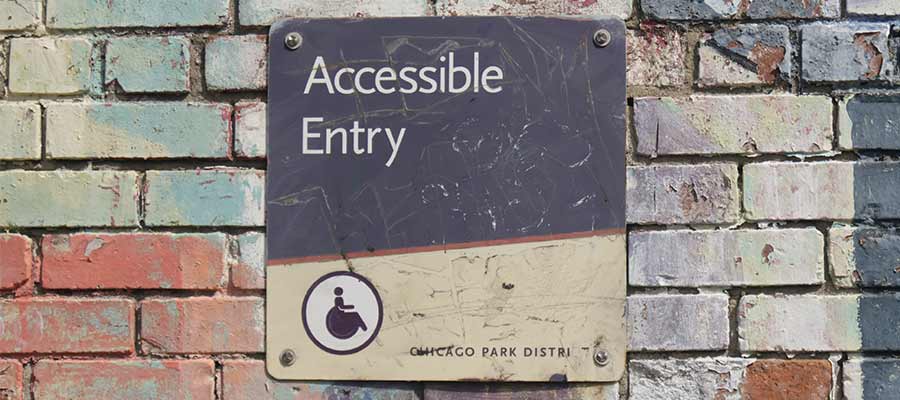How Could AI Change Web Design Tools?
Web designers need top-notch tools. Modern websites have a lot of moving parts, after all. And the right apps help us meet these increased expectations.
Perhaps artificial intelligence (AI) is becoming mainstream at just the right time. It’s poised to bring new levels of power and convenience to web design.
We’re already starting to see the changes. Tools like GitHub’s Copilot can turn user prompts into fully-functioning code. And generative AI has even made its way into Adobe’s Photoshop.
Yet this is only the beginning. Imagine how AI could change web design tools in the future. How might it look? Here are a few (thoroughly-unscientific) guesses.
Providing a Better Starting Point for Design
The first step is often the hardest. That truism applies to many aspects of life – including web design.
Sometimes creative block stands in the way. Thus, you might spend hours tinkering with layout ideas. That’s time you could have spent being productive.
The conversational nature of AI tools seems like the perfect antidote. You might write a prompt asking for a “magazine layout“. Or request a home page that’s similar to the New York Times.
Like magic, a basic layout appears. From there, you can personalize the design to match your needs.
A particularly astute tool could adjust based on your platform. If you’re using WordPress, perhaps it offers up a block theme. If you plan on using static HTML, then that’s the output you receive.
True, this may take some of the originality out of the process. However, it might open the door to more possibilities as well. The power is in the hands of the user.

Making Websites Accessible in Real Time
The need to build accessible websites isn’t going away. There are both moral and legal obligations for doing so. Thus, it’s a subject that every web designer should master.
But ensuring accessibility requires testing. That’s a resource-intensive task. These days, it consists of both automated and manual methods.
Automated tools like WAVE are helpful. They can scan a page and provide a laundry list of issues to investigate. But they also return a lot of false-positive results. In short: they lack context. That’s why we still need manual testing.
AI may never perfect accessibility testing. But it does have the potential to improve accuracy. Imagine a testing suite that can read your code and interpret how each feature works. From there, it determines whether they follow best practices.
And what if a design tool could give us this information from the start? It might prevent us from creating an inaccessible feature in the first place.
For example, the ability to analyze a background image and determine whether it would accommodate layered text. If the text is illegible, a warning would be displayed. And it might offer to adjust the image for us.
This technology could keep accessibility in the front of our minds. If it’s not already there, that is.

Improving Responsive Design
Tools like Figma help with responsive design. They allow us to test our prototypes on multiple viewports and make necessary adjustments.
It’s a trial-and-error process, though. Particularly when testing in a web browser. It seems like there are always a few devices that don’t cooperate with a given layout.
But this is an area where large language models (LLMs) can help. These tools have ingested untold amounts of code. Someday they should be “smart” enough to take a desktop layout and adapt it for smaller screens.
They may even suggest items to leave out on mobile devices. For instance, bandwidth-hogging sliders or video backgrounds. In addition, truly responsive type scaling will be easier to implement.
Again, the idea here isn’t perfection. But if an AI-powered tool could get us 75% of the way to a great responsive experience, it could save significant time.

Seeing Potential Issues Before Launch
Launching a website is always challenging. It’s always a good idea to keep a checklist handy. But something could still slip past us.
Perhaps design tools of the not-too-distant future will be an extra set of eyes. They might spot impactful issues in our code.
Browser compatibility is a great place to start. Let’s say a code editor finds a feature that doesn’t work on a recent version of Chrome. It advises us that our site is going to be harder to navigate for x percent of users.
But why stop at browsers? There’s potential to report back on all manner of relevant information. Things like privacy concerns, broken links, or page load times are all possible areas of focus.
This tool has an internet’s worth of data at its disposal. As such, it can predict the potential impact of our design decisions. It may even prevent a major blunder. That could make it a designer’s best friend.

Like Having a Trusted Assistant at Your Side
Maybe some of these predictions are far-fetched. But from what we’ve already seen, it doesn’t feel like science fiction, either.
AI is just beginning to be integrated into web design tools. It’s only a matter of time before the technology expands its capabilities. They’ll keep us focused on important aspects of a project. And they’ll double-check our work.
In all, it will be like having a virtual assistant working beside you. There will likely be some growing pains along the way. But it’s fun to imagine the possibilities.